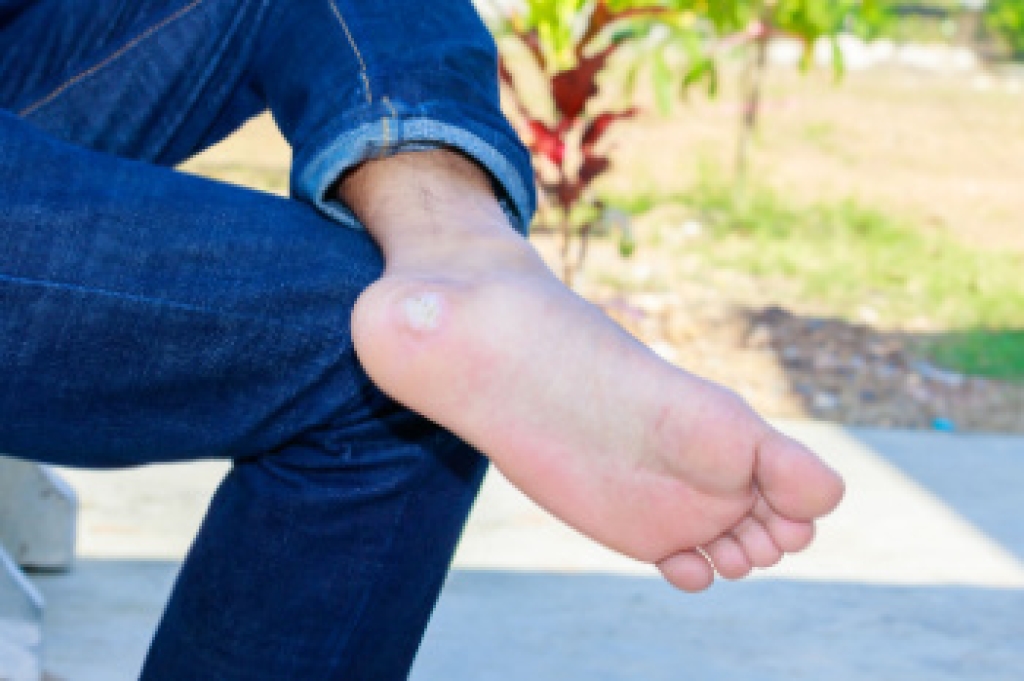
Ticklish feet are a common sensation that can make some people laugh uncontrollably, while others may find it uncomfortable. The sensitivity in the feet is due to the presence of approximately 8,000 nerve endings that respond to various stimuli. The sensation of tickling can be broken down into two types, which are known as knismesis and gargalesis. Knismesis refers to a light, often gentle touch that can cause itching or mild tickling sensations, while gargalesis is a more intense form of tickling that often results in laughter and can trigger an involuntary response. People vary in their sensitivity to tickling, as factors such as genetic makeup, nervous system sensitivity, and psychological aspects play a role. The feet are particularly sensitive due to their high concentration of nerve endings, which makes them more susceptible to ticklish sensations when touched or stimulated. Ticklish feet can be bothersome while having pedicures performed or getting foot massages. It may also indicate diabetes. If you have particularly sensitive feet, it is suggested that you consult a podiatrist who can educate you on this condition.
Foot Pain
Foot pain can be extremely painful and debilitating. If you have a foot pain, consult with Katie Besselman, DPM from Advanced Podiatry. Our doctor will assess your condition and provide you with quality foot and ankle treatment.
Causes
Foot pain is a very broad condition that could be caused by one or more ailments. The most common include:
- Bunions
- Hammertoes
- Plantar Fasciitis
- Bone Spurs
- Corns
- Tarsal Tunnel Syndrome
- Ingrown Toenails
- Arthritis (such as Gout, Rheumatoid, and Osteoarthritis)
- Flat Feet
- Injury (from stress fractures, broken toe, foot, ankle, Achilles tendon ruptures, and sprains)
- And more
Diagnosis
To figure out the cause of foot pain, podiatrists utilize several different methods. This can range from simple visual inspections and sensation tests to X-rays and MRI scans. Prior medical history, family medical history, and any recent physical traumatic events will all be taken into consideration for a proper diagnosis.
Treatment
Treatment depends upon the cause of the foot pain. Whether it is resting, staying off the foot, or having surgery; podiatrists have a number of treatment options available for foot pain.
If you have any questions, please feel free to contact our office located in Saint Peters, MO . We offer the newest diagnostic and treatment technologies for all your foot care needs.







